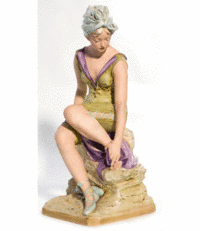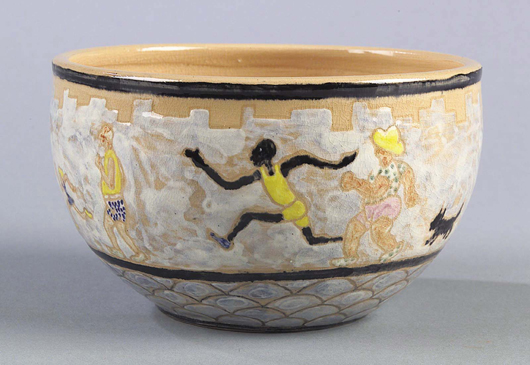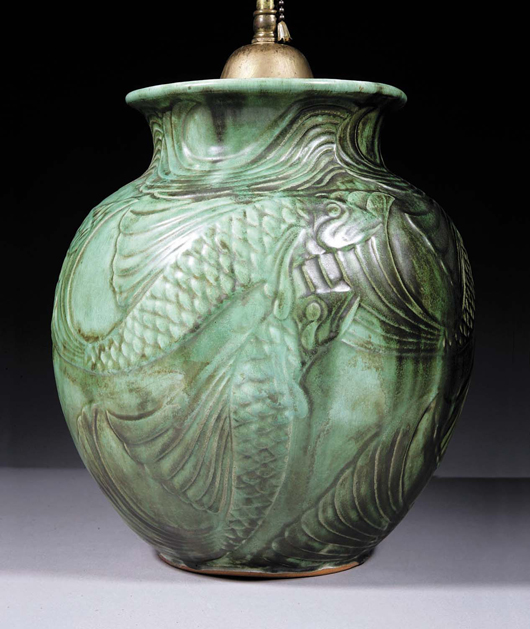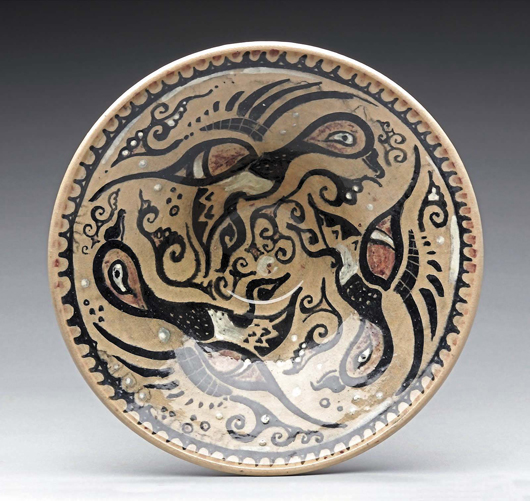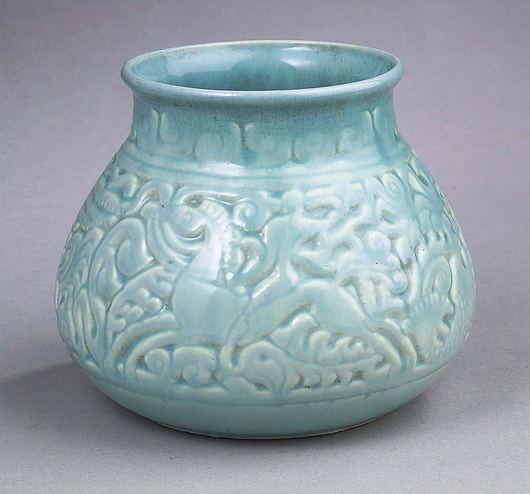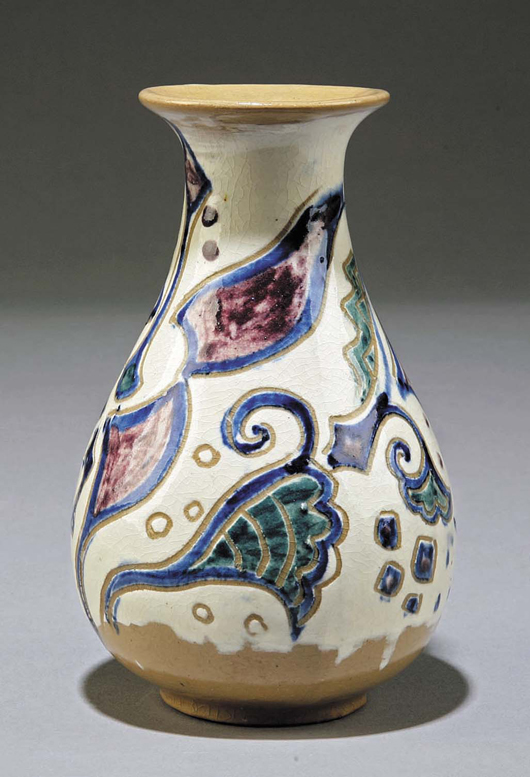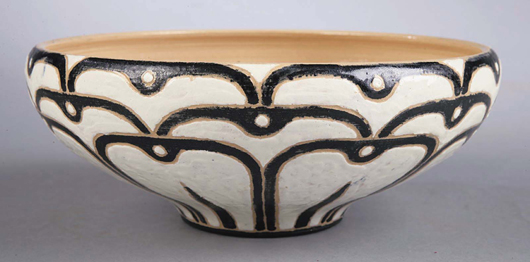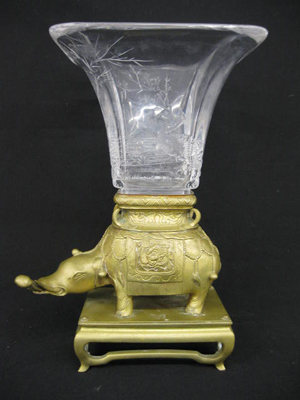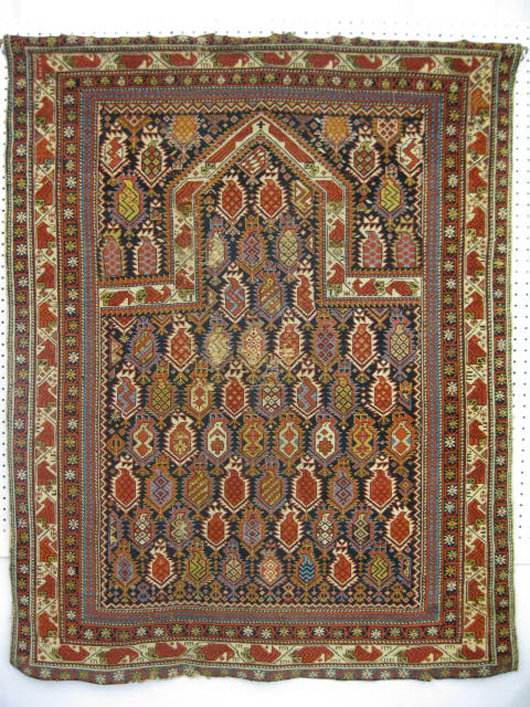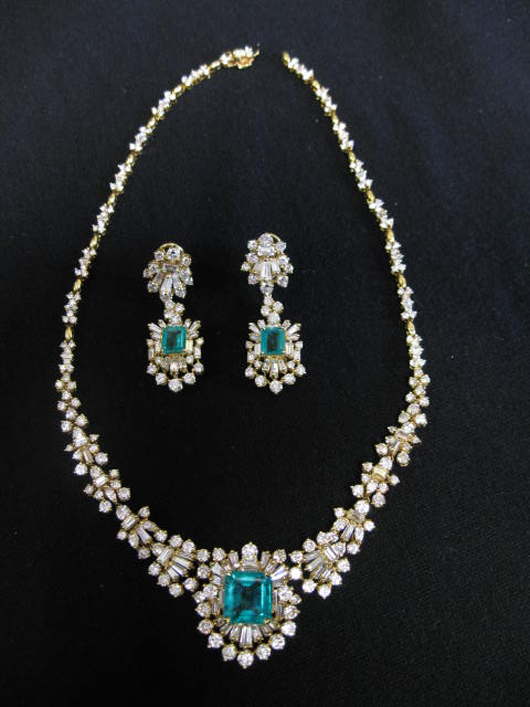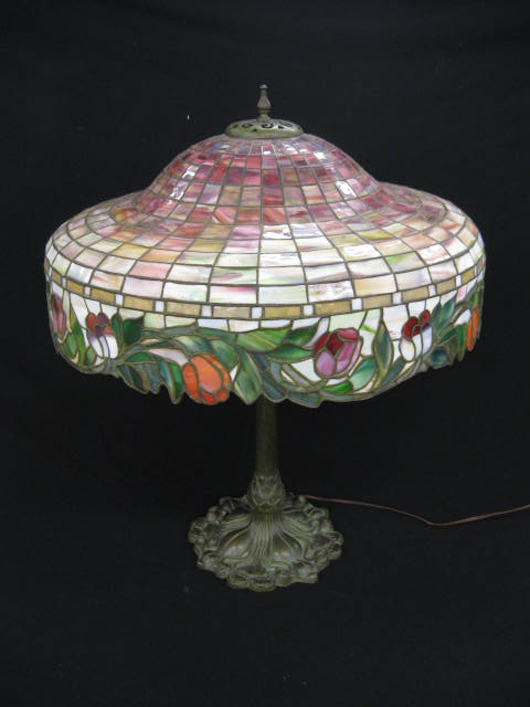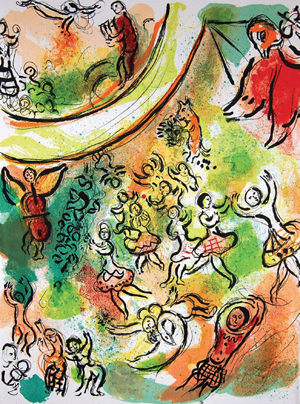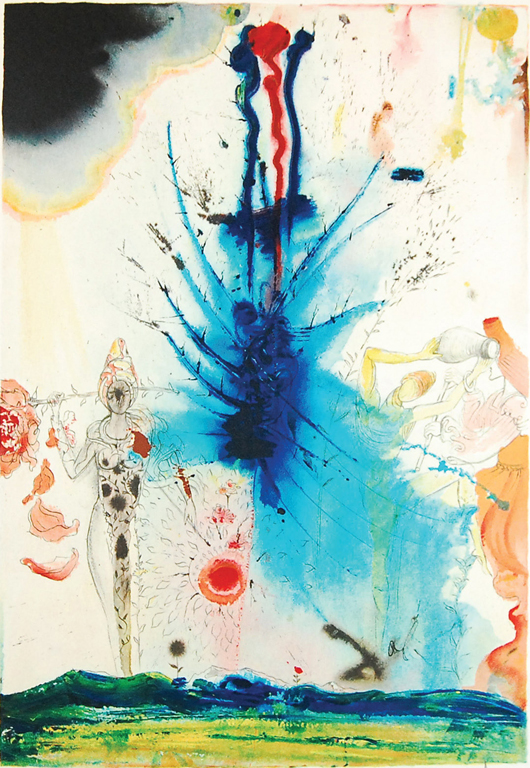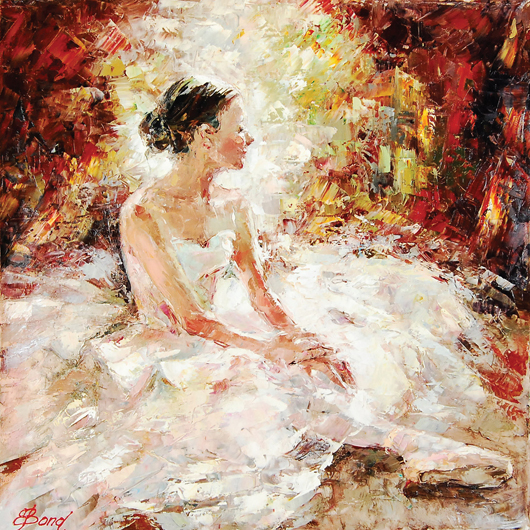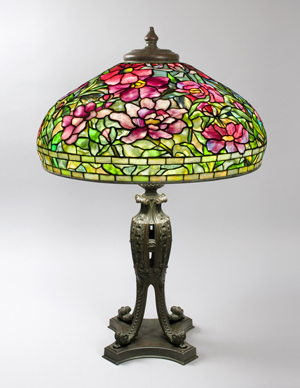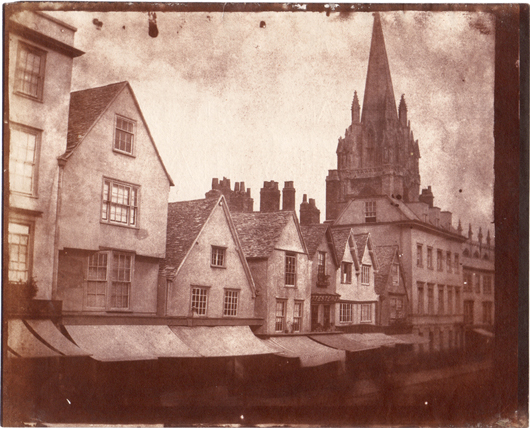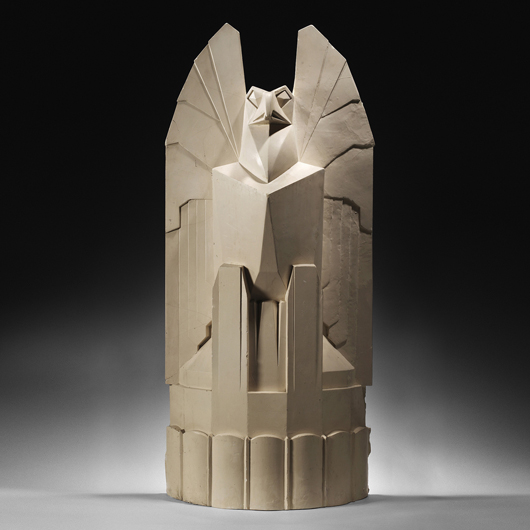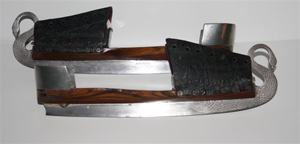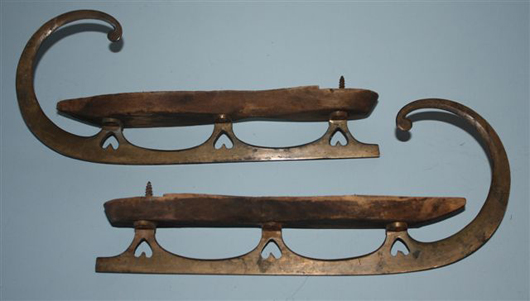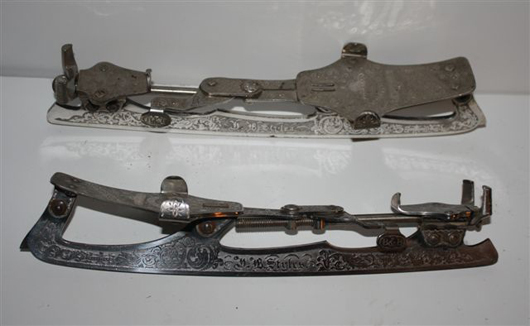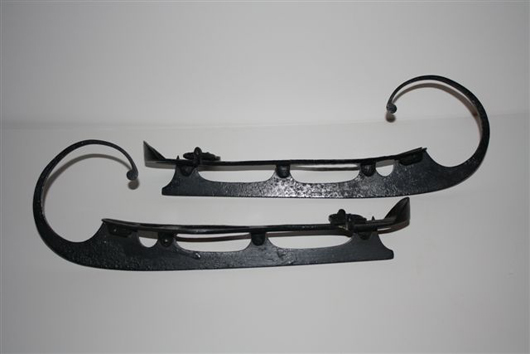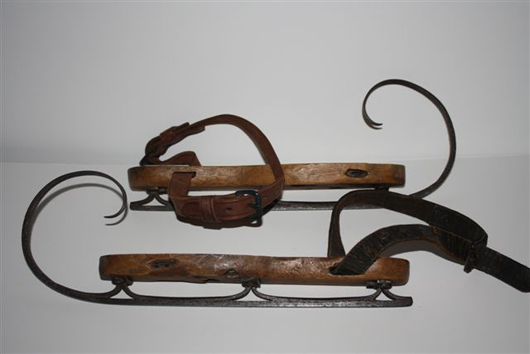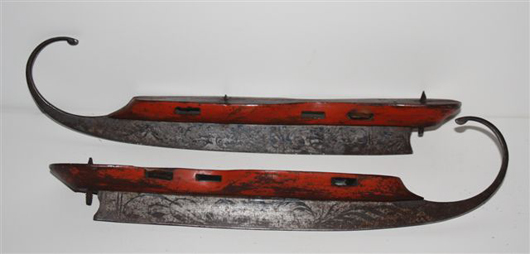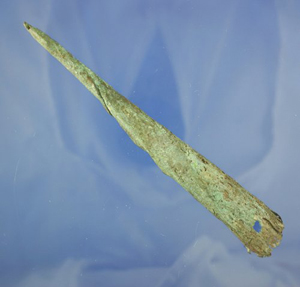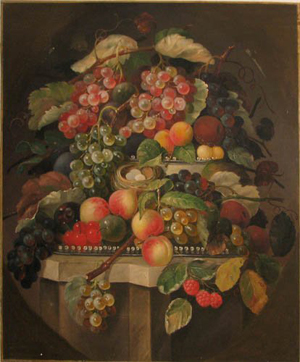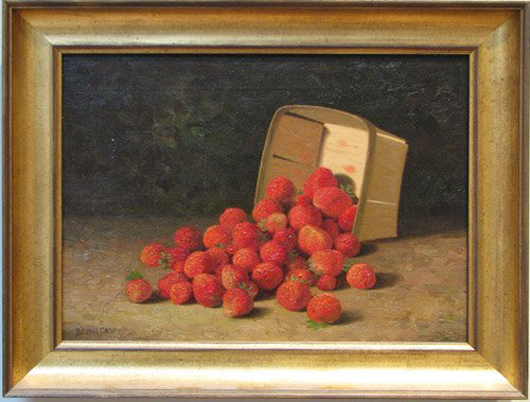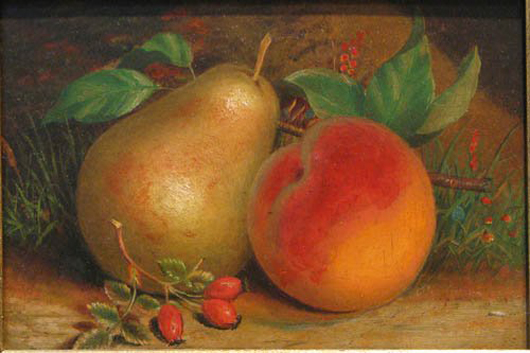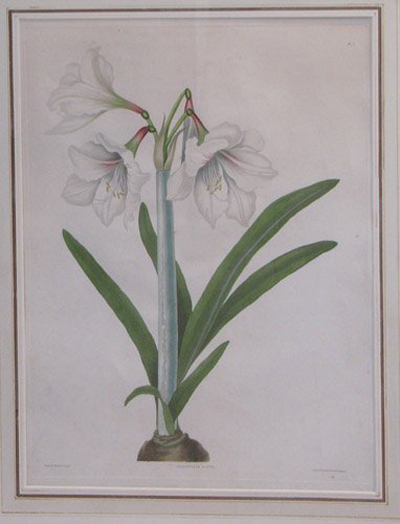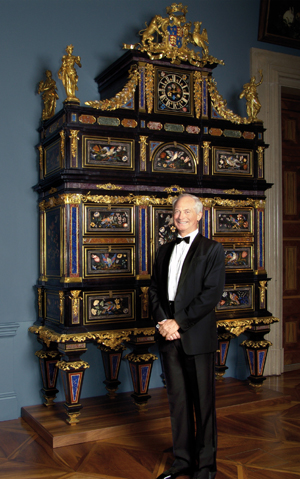
“This sale caused something of an uproar in Liechtenstein at the time, but it enabled me – straight after finishing my studies at the age of 24 – to reorganize and rebuild the princely estate and assets,” recalled the prince.
It couldn’t have been easy at that age to become the keeper of a collection assembled as far back at the 17th century. Flush with Old Master paintings from the 14th to 18th centuries, with concentrations in Flemish and Biedermeier paintings, the collection lacked in sculpture and furniture. Several very fine paintings were sold for cash after World War II, including Leonardo DaVinci’s Portrait of Ginevra de’Benci sold to the National Gallery of Art, Washington, in 1967.
In celebration of the Prince’s 65th birthday, 140 pieces from the family collection are on exhibit at Liechtenstein Museum, known as the Garden Palace, in Vienna. The exhibit demonstrates 30-plus years of diligent work on the part of the Price to close gaps in the collection.
The prince admits to more interest in the sciences, but has taken pleasure in rebuilding and upgrading the family collection. He points to Erasmus Habermehl’s Equatorial Annular Sundial as a piece that combines the latest technical and mathematical knowledge of its time into a work of art.
“My interest and understanding have grown, although I am still an amateur,” said the prince modestly. “Apart from this, I realized pretty early on that buying works of art can be a very good investment, if one understands something about it. That’s why I always get the advice of experts when buying works of art.”
Part of this exhibit will be shown in Vaduz at the Kunstmuseum Liechtenstein from Sept. 24 to Jan. 16, 2011. To see more of the collection visit www.liechtensteinmuseum.at
Auction Companies Expand
In this uncertain economic climate it is heartening to hear that two of the German auction houses are expanding. Both Van Ham Kunstauktionen, Cologne, and Herrmann Historica, Munich, are adding staff to represent them in a wider geographical territory.
Art Expert Pia von Buchwaldt joins Van Ham as their new representative in Hamburg. She will be available at Alsterrufer 33 to answer any questions potential buyers or sellers have about their collections, and has already held her first “expert day.” www.van-ham.com
Hermann Historica welcomes Nicholas McCullough, former director of the Arms and Armor Department at Christies, as their new London representative in a new strategic alliance with Bloomsbury Auctions und Dreweatts, London, New York und Rome. Likewise Bloomsbury, known for their antique books, manuscripts and graphics, will have representation in the German speaking auction world through Hermann Historica’s militaria auction house in Munich. Both auction houses are pleased about their new international cooperative work, but plan no future business merger. www.hermann-historica.com
Other News
Doebele Galerie + Kunstauktionen, Kunstgut Effeldorf, celebrates our love of the feline form in art with a new exhibit and sale, Cats – Strange and Fascinating, Feb. 24 through April 30. www.fine-art-doebele.de
Pop Life. Warhol, Haring, Koons, Hirst, now to Sept. 5, Galerie der Gegenwart, Glockengießerwall. www.hamburger-kunsthalle.de
Now to March 13 Ketterer Kunst shows Tom Wesselmann – Graphic Work in their gallery in Berlin-Charlottenburg. The presented work comes from the collection of New Yorker Paul Rothman. www.kettererkunst.de
Schmidt Kunstauktionen, Dresden, starts the new auction year on March 13 with an offering of 850 objects of art, porcelain, glass and furnishings from the 18th to 21st centuries. www.schmidt-auktionen.de


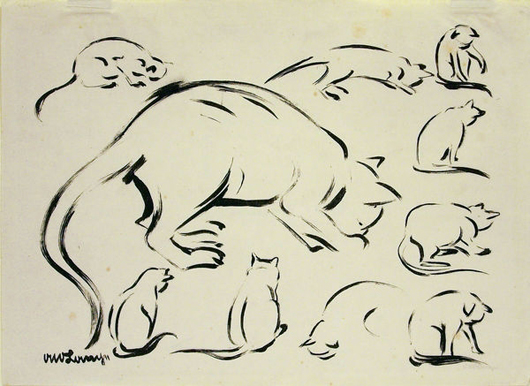
An American freelance writer, Heidi Lux grew up near Rochester, N.Y., and is a graduate of that city’s Nazareth College. She presently lives in Saxony, Germany, where she works as an English language editor and private tutor. Her work has appeared in Transitions Abroad and German Life magazines, as well as Style Century Magazine.


